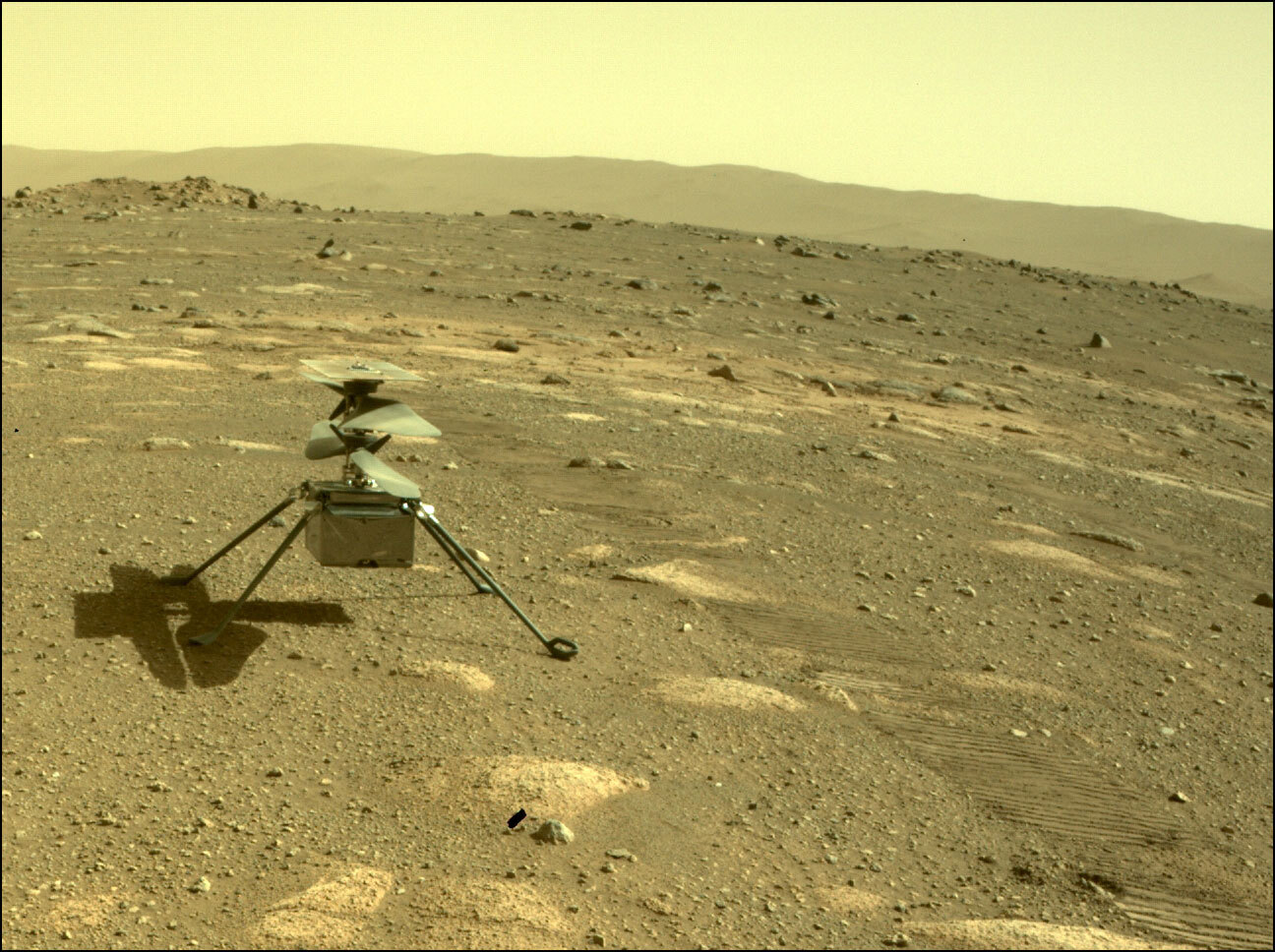
Ibadan, 29 January 2024. – NASA’s Ingenuity Mars Helicopter has come to the end of its mission on Mars after surpassing expectations and making dozens more flights than NASA had planned. While the helicopter remains upright and in communication with ground controllers, imagery of its Jan. 18 flight sent to Earth this week indicates one or more of its rotor blades sustained damage during landing, rendering the spacecraft incapable of flight.
Ingenuity’s original design was as a technology demonstration mission to perform up to five experimental test flights over 30 days. However, the first aircraft on another world operated from the Martian surface for almost three years, performed 72 flights, and flew more than 14 times farther than planned while logging more than two hours of total flight time.
Speaking about the significance of the helicopter and its mission, NASA Administrator Bill Nelson said, “The historic journey of Ingenuity, the first aircraft on another planet, has come to an end. That remarkable helicopter flew higher and farther than we ever imagined and helped NASA do what we do best – make the impossible possible. Through missions like Ingenuity, NASA is paving the way for future flight in our solar system and smarter, safer human exploration to Mars and beyond.
Ingenuity landed on Mars on February 18, 2021, attached to the belly of NASA’s Perseverance rover and first lifted off the Martian surface on April 19. This was significant as it proved that powered, controlled flight on Mars was possible. After notching another four flights, it embarked on a new mission as an operations demonstration, serving as an aerial scout for Perseverance scientists and rover drivers. In 2023, the helicopter executed two successful flight tests that further expanded the team’s knowledge of its aerodynamic limits.
 SpaceWatch.Global An independent perspective on space
SpaceWatch.Global An independent perspective on space




